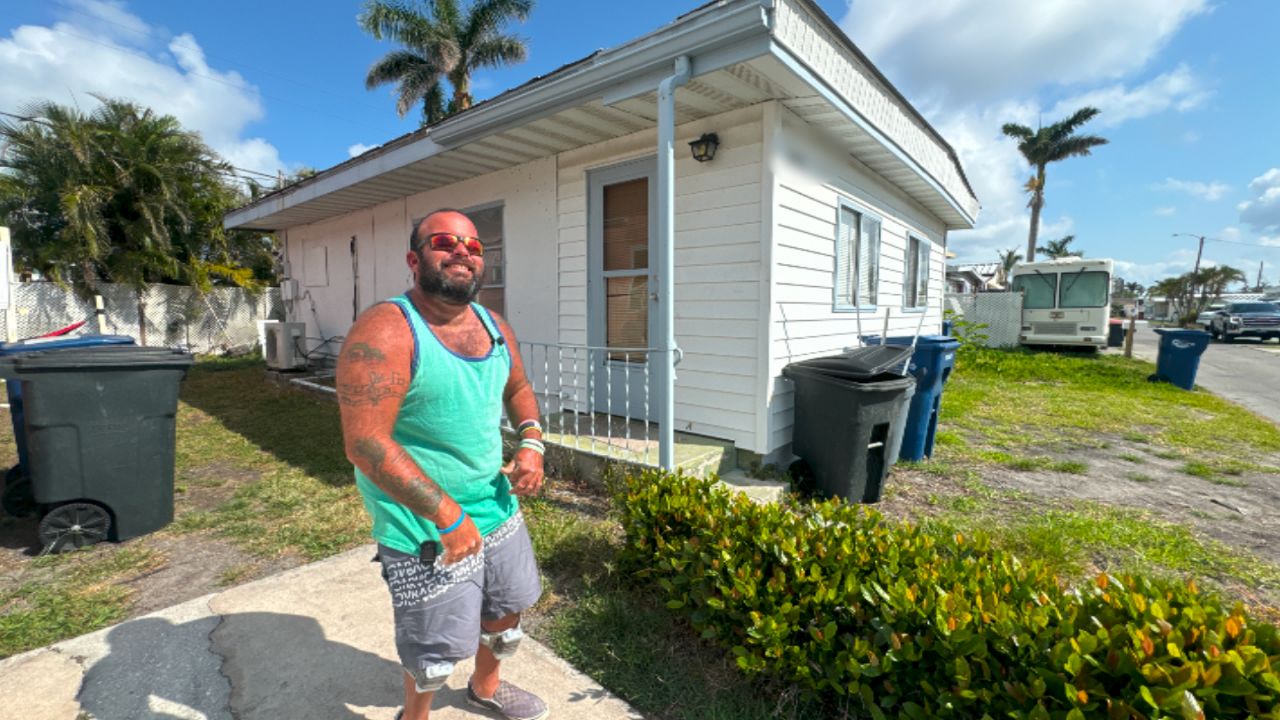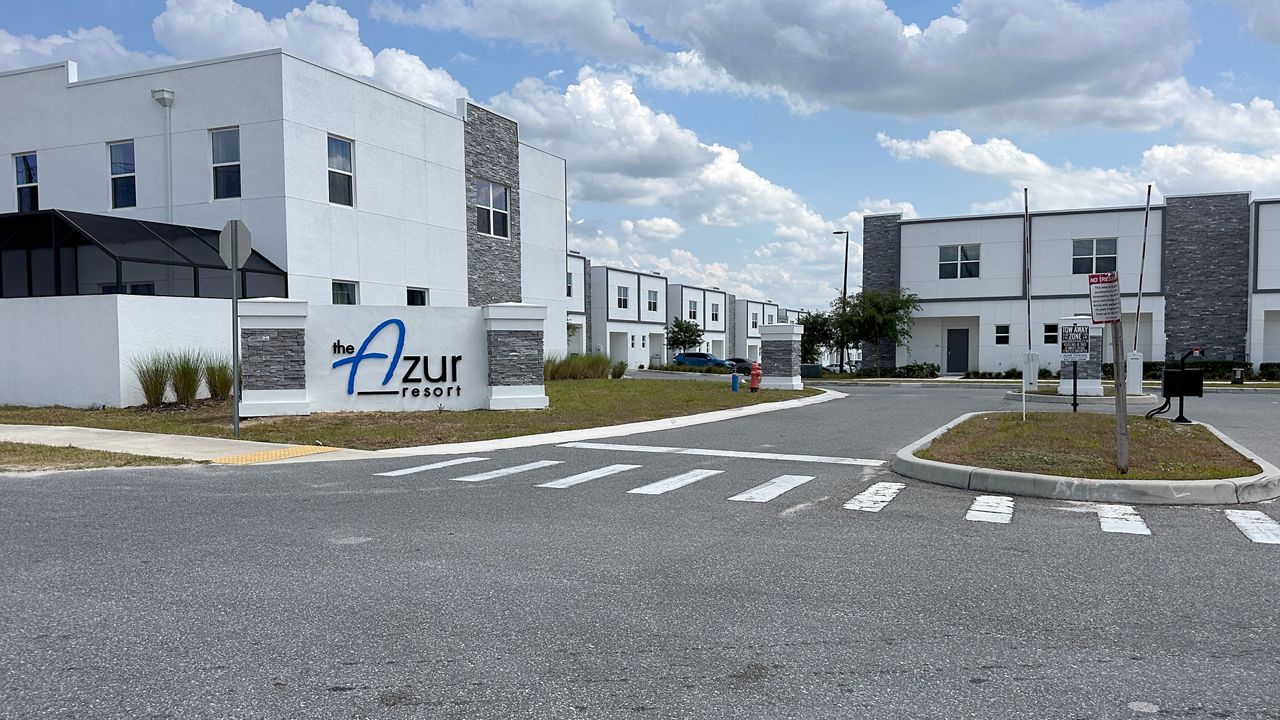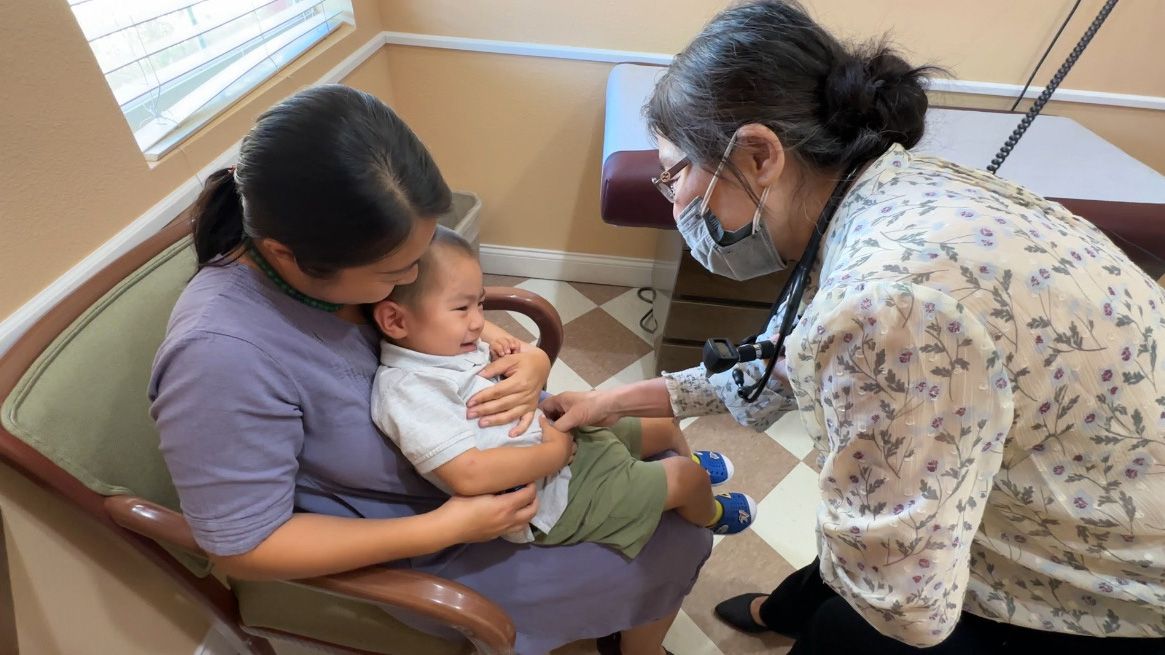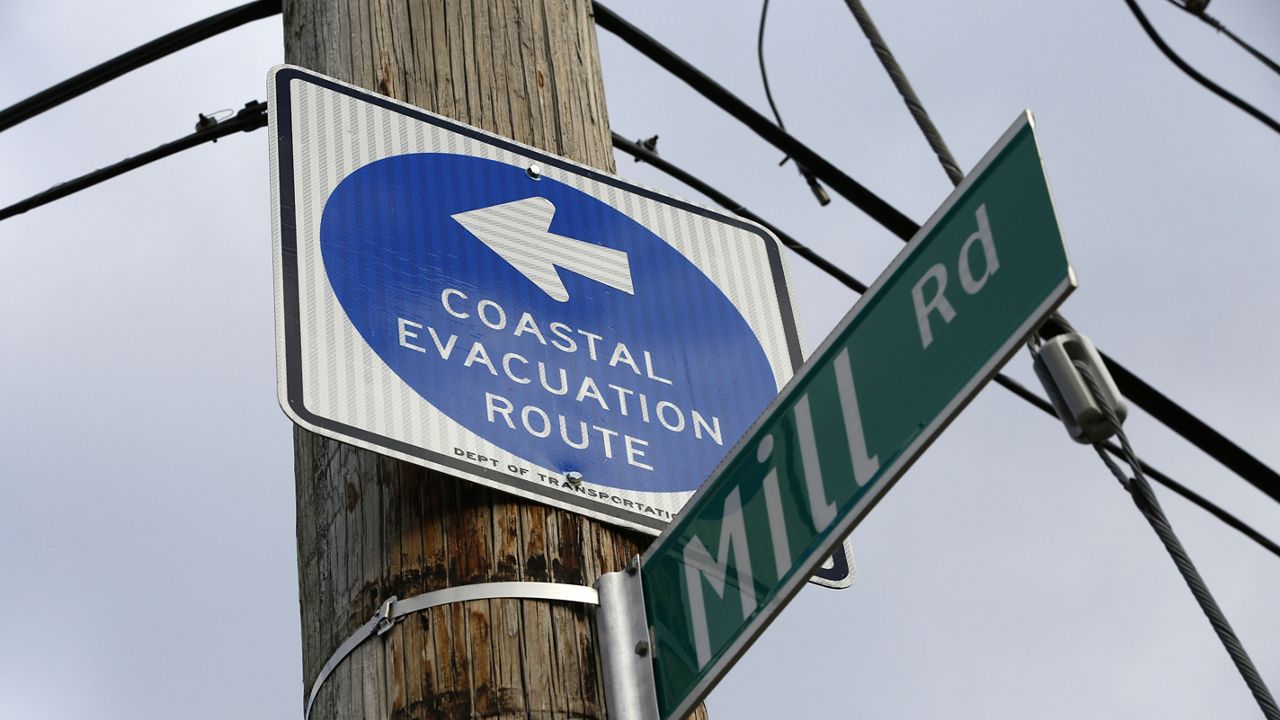TAMPA, Fla. — As soon as the clock hits 8 a.m., coffee connoisseurs walk through the doors of Blind Tiger Coffee in Tampa’s Ybor City neighborhood.
What You Need To Know
- Tariffs may increase the price consumers pay for a cup of coffee
- Tampa coffee shop owner Roberto Torres is preparing for tariffs
- Americans consume 400 million cups of coffee per day
The business has been growing strong over the past decade, even moving to a larger space to accommodate the foot traffic.
“I would have never thought I would be in coffee in the United States. I came here to study accounting and finance. I was an auditor. But in 2014 I decided to open the first coffee shop,” owner Roberto Torres said.
It’s a huge responsibility, he says, with a lot of moving parts, but with the possibly that tariffs might soon go into effect, Torres is already waking up to a new reality.
“We’re typically a part of a supply chain that consists of a grower or somebody that is in agriculture in a country of origin,” he said.
Always on schedule Torres, places his raw coffee orders every two weeks.
“Once it gets here, we roast it, and it gets that dark color,” he said.
But for the first time, the timetable is changing.
“We’re trying to understand how we can get it or source that specific bean, so that we can offset the tariffs,” he said.
Because no coffee bean is alike.
“For example, Ethiopia is a little more floral because there’s more flowers, versus Colombia, which is a little more citrusy,” he said.
To be made correctly, certain drinks require a specific kind of bean and that means sourcing from multiple countries.
For example, he said, his espresso is made with a blend of Mexican and Colombian coffee beans.
The U.S. imports more than 60% of its coffee from Brazil and Colombia, which could both see a 10% tariff. Nearly 10% comes from Vietnam, which is facing one of the steepest tariffs at 46%.
“We were surprised to see that things that don’t grow in the United States were included,” said Torres.
And historically they haven’t been.
“The price per cup might go up 45%. So, we’re trying to educate our consumers about how this is going to affect their day-to-day lives if the current course of action stays unchanged,” Torres said.












